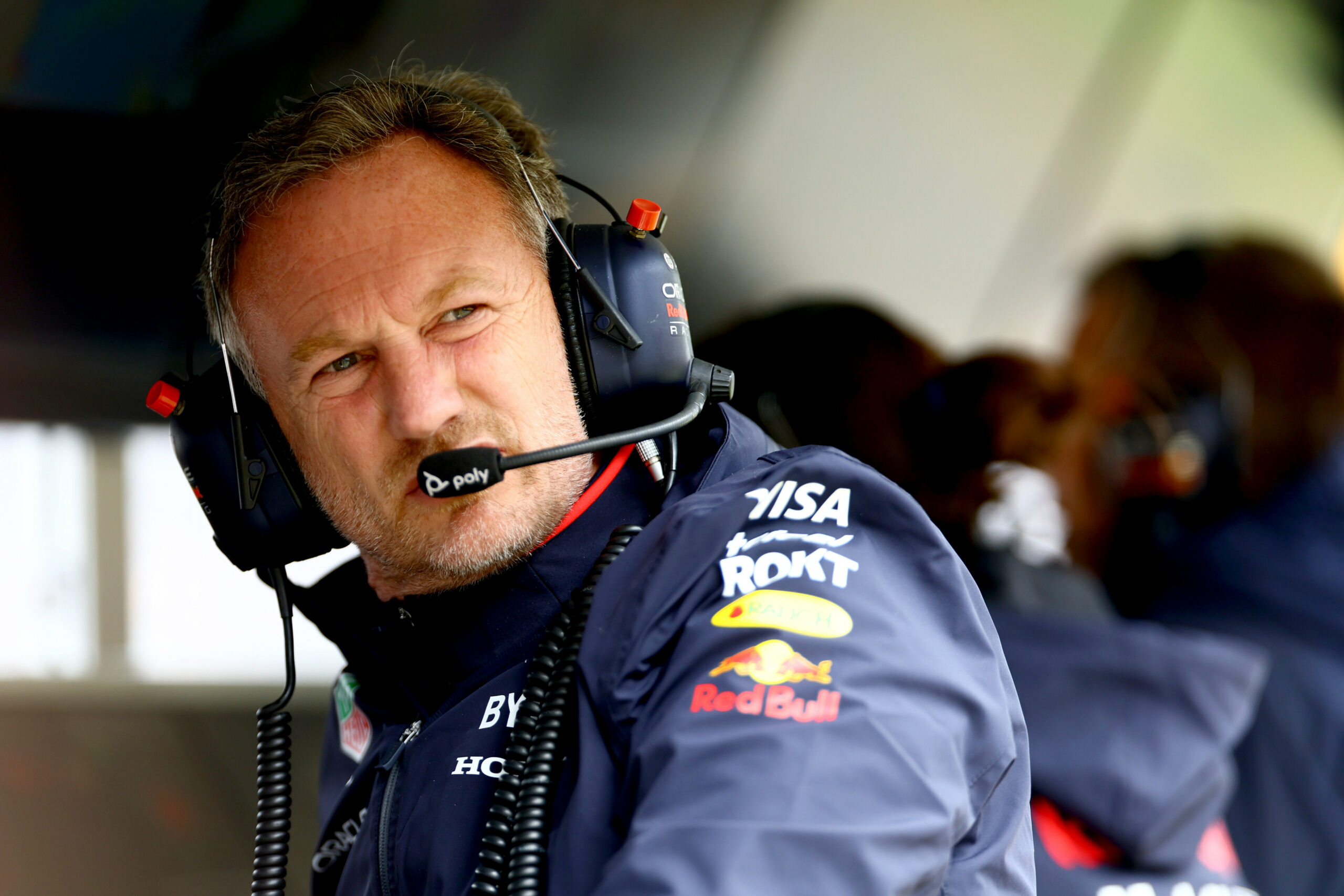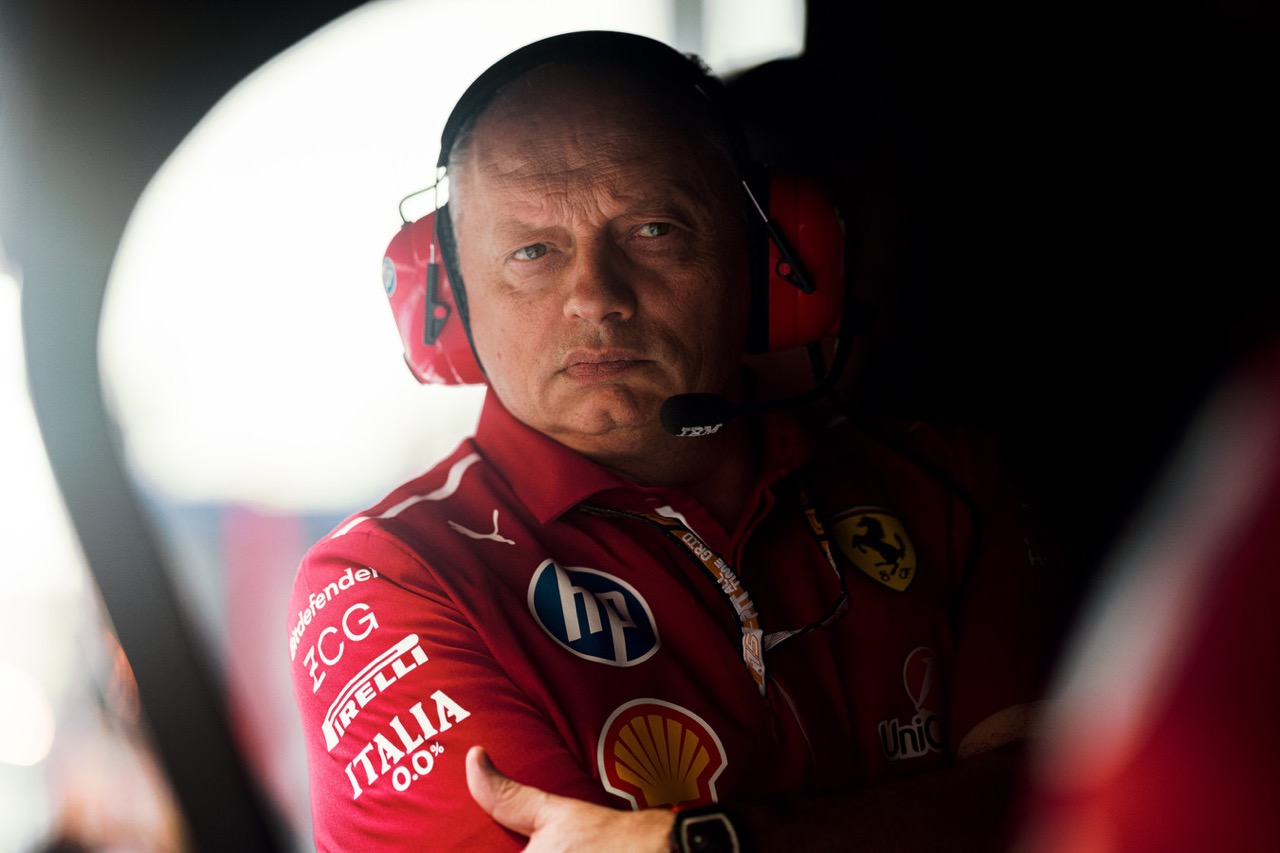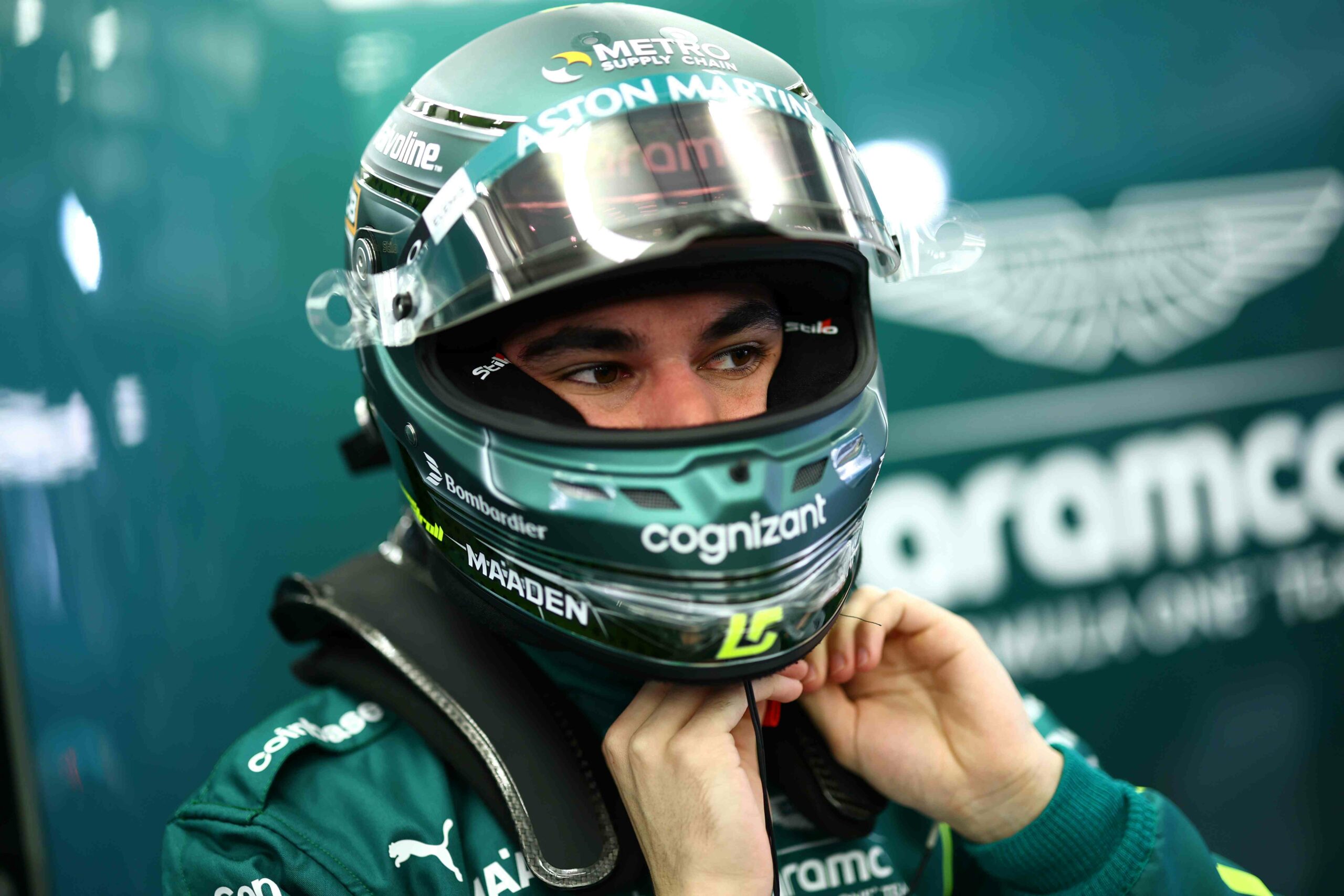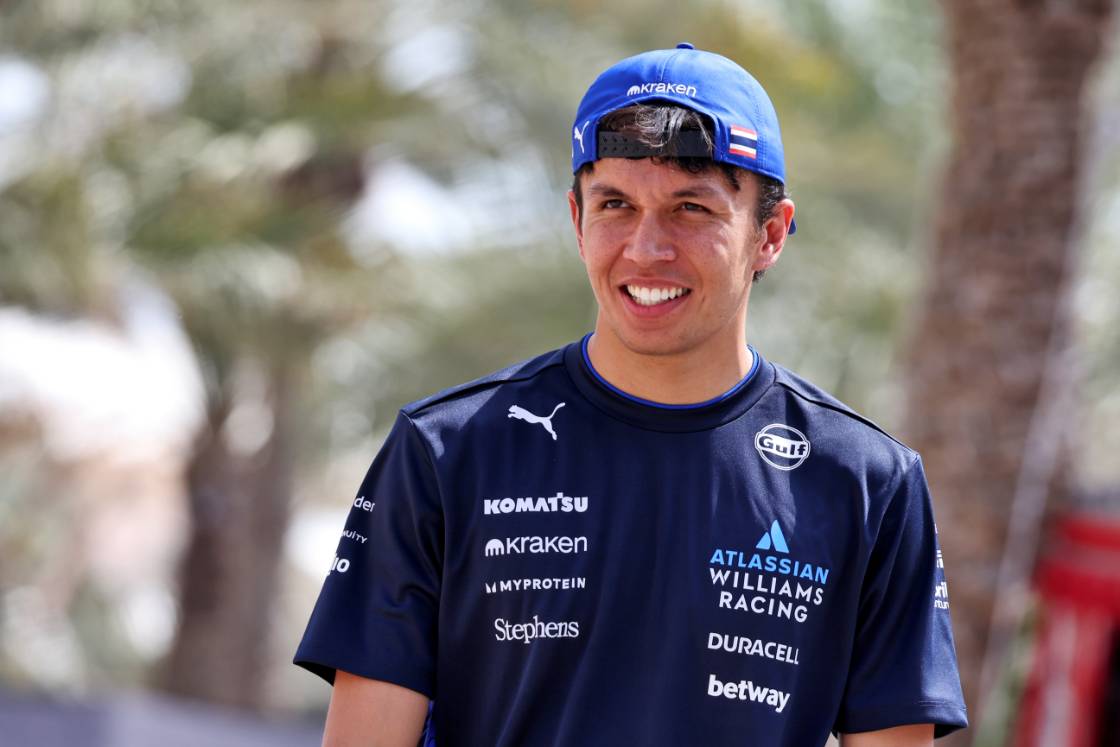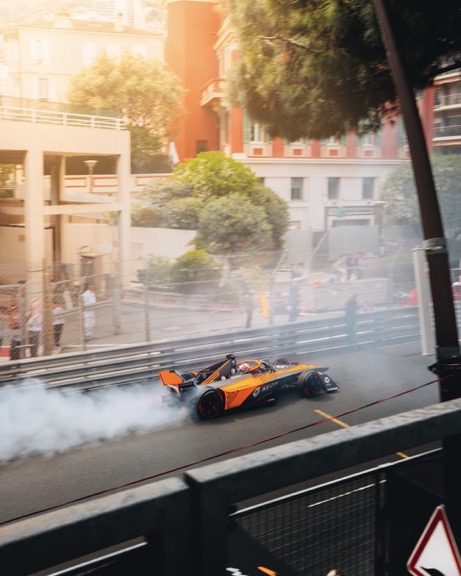Red Bull Racing had a rollercoaster British Grand Prix with their leading driver Max Verstappen.
The Dutchman took P3 from Lando Norris at turn 4 when Norris tried an ambitious move to take the spot from Lewis Hamilton.
However, the 26-year-old slowly started to drop away from Russell and Hamilton as the stint went on, and he was passed by both McLarens. As it got damp, he came under big pressure from Carlos Sainz for P5.
A call to pit for inters at the perfect time moved him up to P3, jumping Russell and Piastri. Initially his pace was not too great, but it started to turn as the stint went on, closing the gap to Hamilton and Norris.
Following the switch to dry tyres which Red Bull called perfectly on timing again, Verstappen was on the rampage on his hards, passing Norris and finishing just under 1.5s behind race winner Lewis Hamilton.
Red Bull team principal Christian Horner talked through their day after the race, admitting a lot of learnings need to be taken from a race where Mercedes, McLaren and Red Bull all had the best pace in various parts.
“It was a very weird race, because on the medium tyre at the start of the race, one would have to say that it looked like Mercedes had the pace, and had things under control. And they seemed to have McLaren covered.
“And we were just falling off the back of that. First of all, getting passed by Lando, and then getting passed by Piastri.
“At a certain point, it was starting to think Carlos Sainz was starting to close down.
“And then I felt we got the call onto the inter, you know, bang on. A really good outlap from Max. He was five seconds quicker in the middle sector, which leapfrogged him ahead of Russell, and ahead of Piastri, who they hung out for another lap.
“But then the next three or four laps, we were nowhere. And it was like that extra lap that we’d taken out the tyre had really hurt us.
“But then it started to calm down. And then as the circuit started to move back towards slicks, suddenly Max is the quickest car on the circuit again. And so he’s then coming back at both the Mercedes and McLaren ahead. So that was coming our way.
“And then a great stop and good call to go onto the hard tyre. And Max’s pace thereafter, I mean, again, he was circa half a second a lap quicker in the middle sector.
“And just kept coming back and back past Lando and another lap or two, who knows, he might have passed Lewis.
“So lots of data and information to take out of that to understand, where these big fluctuations [came from] because at different points in time, different cars looked quick.
“It started off as Mercedes, then suddenly it looked like McLaren had everything under control. And then suddenly second half of the race, Max started coming back and very nearly won it.
“So yeah, I mean, for the fans and for you guys, fantastic race. But obviously a lot to try and understand where the fluctuations are coming from.”
Pushed on if he thinks it’s because the front of the field is so close now and getting in the performance window is the key to success, Horner insists it’s all about the Pirelli tyres and their narrow operating range.
“I think it’s all about tyres.
“I think it’s all about the tyre working at a certain point in time, a certain condition – whether it’s hot or cold.
“Different cars are working the tyres in different ways, and you saw an extremity of that as the circuit went from damp to wet and back to dry.”
Following the British Grand Prix, Max Verstappen leads the championship by 84 points, with Red Bull 71 clear of Ferrari in the Constructors’ Championship.

